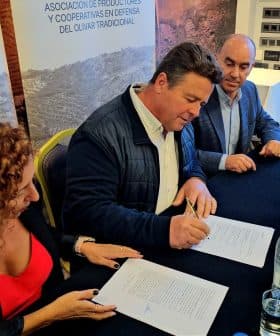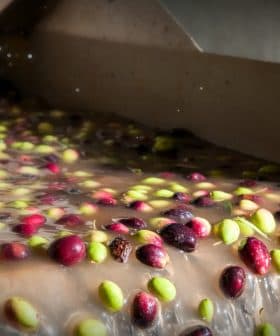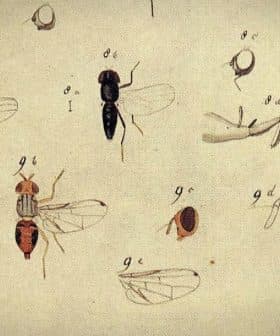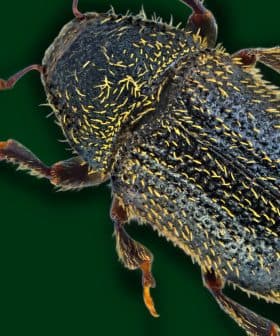Intensive Agriculture Blamed for Bird Population Decline in Spain
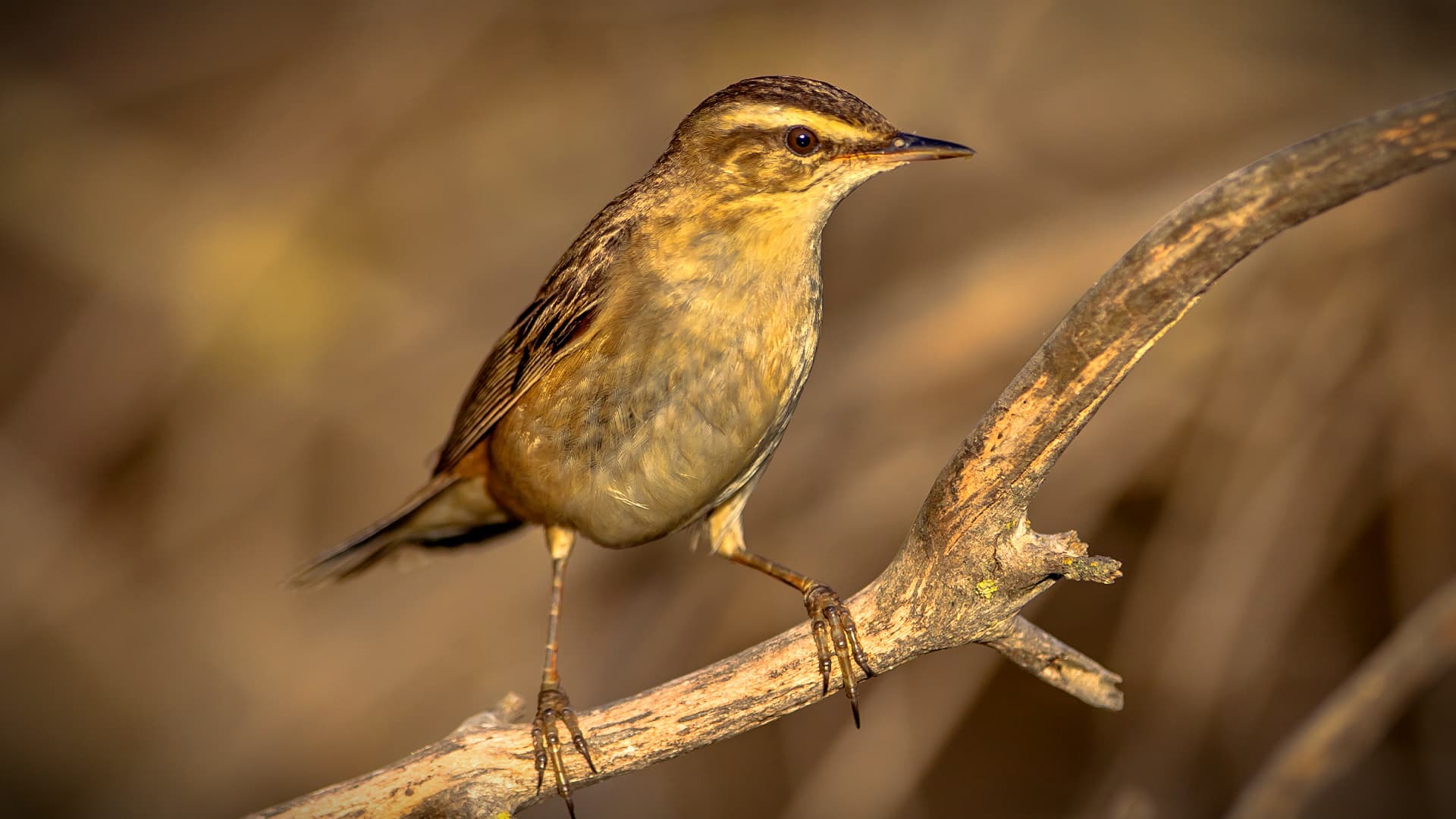
The latest Atlas of Breeding Birds in Spain shows a 27 percent population decline in birds linked to agricultural environments due to intensification of farming methods, particularly super-high-density olive groves. SEO/BirdLife noted significant declines in individual species, highlighting the need for conservation efforts to address the impact of agricultural changes on bird populations in Spain.
The latest Atlas of Breeding Birds in Spain shows a population decline of about 27 percent in birds linked to agricultural environments.
The intensification of farming methods is the driving force, according to SEO/BirdLife, with super-high-density olive groves being particularly detrimental to key species.
SEO/BirdLife noted that although such a significant average decline is deeply concerning, many individual species have suffered even more significant losses.
See Also:Bans on Night Harvesting Have Alleviated Threat to Migratory BirdsThe rufous-tailed scrub robin, for example, saw a decline of nearly 95 percent since 2003; the little bustard, about 69 percent from 1998 to 2018; and the black-bellied sandgrouse, 34 percent between 2005 and 2009.
The most significant overall threats to all three of these species in Spain are rooted in widespread changes to agricultural methods.
Previous research showed that farmland is the most important habitat for bird conservation in Europe, harboring more than 50 percent of bird species in the European Union and 55 percent of European bird species on the International Union for Conservation of Nature’s Red List.
IUCN Red List
The IUCN Red List is a comprehensive inventory of the global conservation status of plant, animal and fungus species. It serves as a global barometer of the health of the world’s biodiversity and provides scientific information that can help guide conservation action.
The Iberian peninsula is particularly important to many endangered and vulnerable species, with some 60 percent of the surviving global population of the great bustard now confined to Spain and Portugal, for example.
The intensification of agriculture has changed the Spanish landscape radically in recent decades. With increased productivity as its sole driving force, it has led to the massive expansion of monocultures, the reduction of wild and fallow areas, the transformation of large areas of dry land into irrigated land, and the widespread use of pesticides and herbicides.
These factors have decreased the quantity and quality of territory available to wildlife in general and birds in particular.
Monocultures, by definition, reduce biodiversity, leading to fewer plants with seeds as a food source, fewer places to breed and less shelter from predators and the elements.
In the case of super-high-density olive groves, immense tracts of land are used mostly for uniform rows of olive trees and much of the other vegetation is removed.
Not only does this create an environment hostile to wildlife, but it also involves the destruction of the existing environment, leading to the death or displacement of the entire local ecosystem.
As many species of bird are migratory, complex and long-established migration routes can also be interrupted or irrevocably broken.
Over the same period, the significant decline in European insects has also affected bird populations since approximately 60 percent of all known bird species are at least partly insectivorous.
A 2017 analysis estimated a seasonal decline of 76 percent and a mid-summer decline of 82 percent in flying insect biomass since 1990.
The exact causes of this decline remain unresolved. Still, the study’s authors noted that “agricultural intensification, including the disappearance of field margins and new crop protection methods, has been associated with an overall decline of biodiversity in plants, insects, birds and other species in the current landscape.”
In addition to the general decline of flying insects, intensive farming methods result in drastically reduced numbers of local ground prey species such as spiders, caterpillars and grasshoppers.
This results from the same factors that make the environments hostile to the birds, most notably lack of ground cover, an engineered monoculture, uniformity of landscape and increased use of artificial herbicides, pesticides and fertilizers.
The landscape has been further altered by the construction of vast industrial and transport infrastructures and, more recently, renewable energy installations such as photovoltaic and wind farms.
Due to their commercial nature, many of these projects are sited on land deemed “unproductive” by humans but vital to other species as their natural habitats.
Discussing the implications for the new Common Agricultural Policy (CAP) in 2022, José Eugenio Gutiérrez, delegate of SEO/BirdLife in Andalusia and head of the Life Olivares Vivos+ project, said that “to conserve our natural heritage… stopping this transformation of farmland into woody cropland or solar photovoltaic plants is a top priority that must go through adequate strategic planning at the territorial level, and compliance with the environmental objectives of the new CAP.”
The Olivares Vivos farming model, based on research carried out by the ecology department of the University of Jaén and the Arid Zones Experimental Station of the Spanish National Research Council seeks to reduce the negative environmental impact of olive farming while increasing biodiversity.
This is accomplished by introducing non-crop native species, installing support infrastructures for fauna such as ponds, nesting boxes, and fencing posts; and restoring so-called “unproductive areas” in olive groves such as gullies, streams, tracks, and walls.
SEO/BirdLife and the Life Olivares Vivos+ project have made numerous recommendations to regional, national, and E.U. government bodies regarding the need to consider the habitats of agricultural bird species when creating agricultural and environmental policies.




